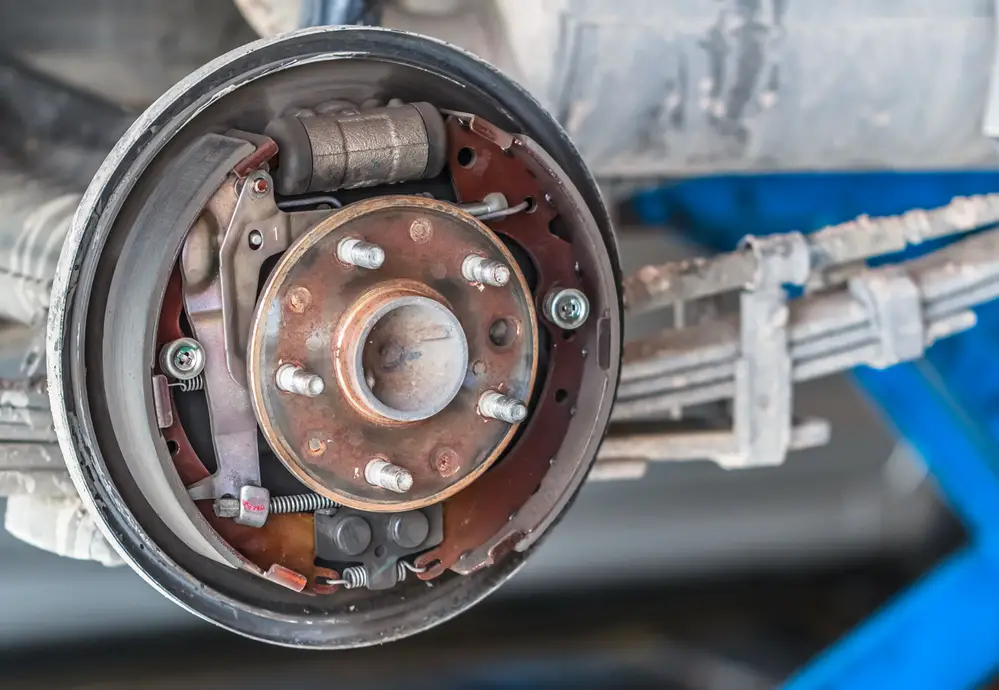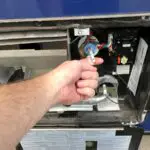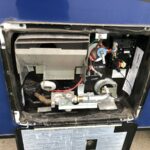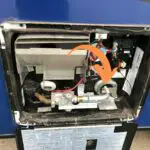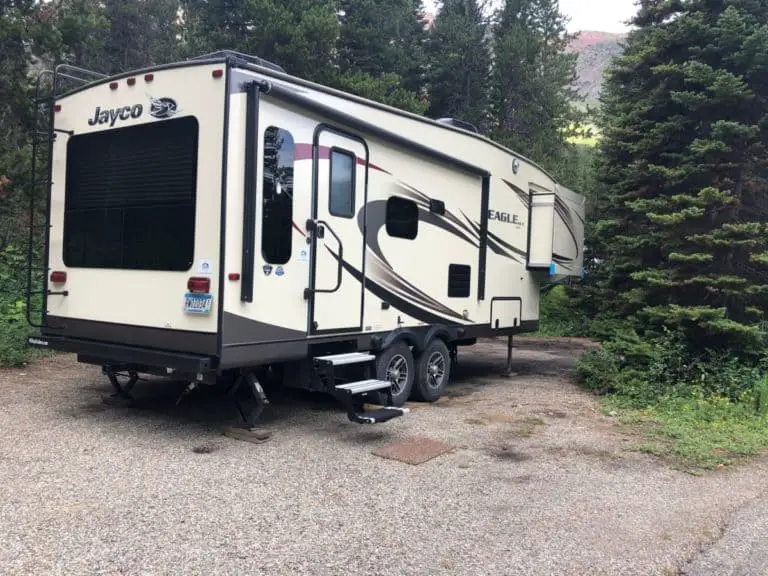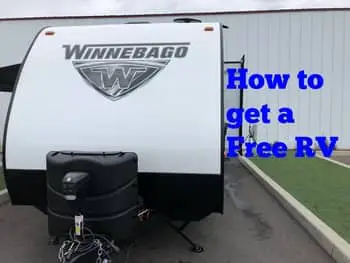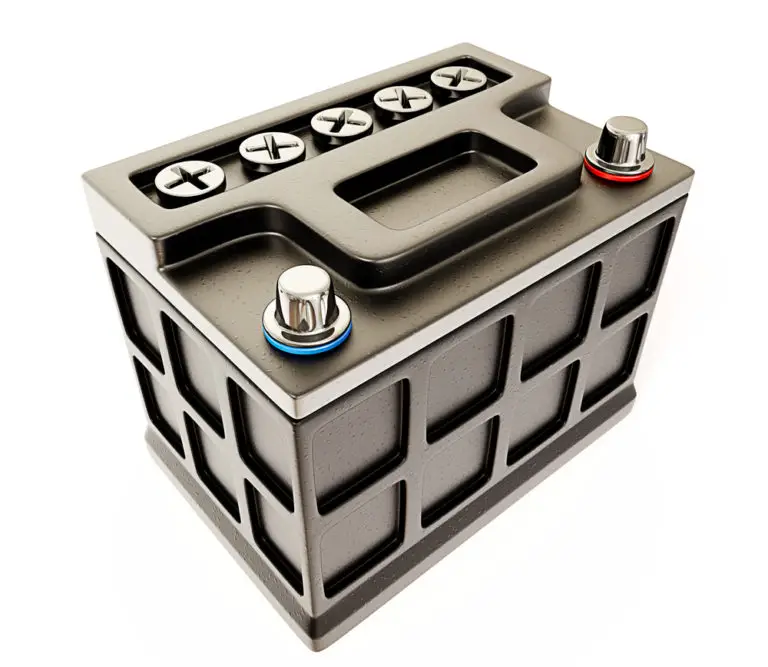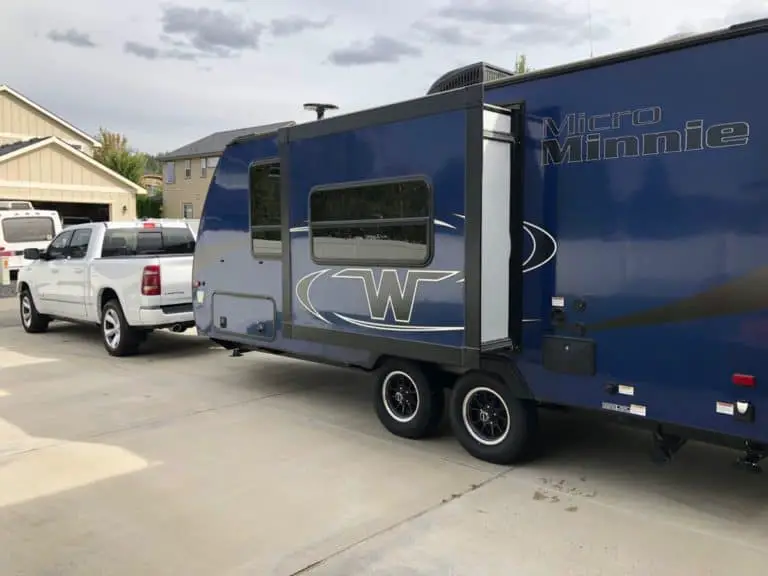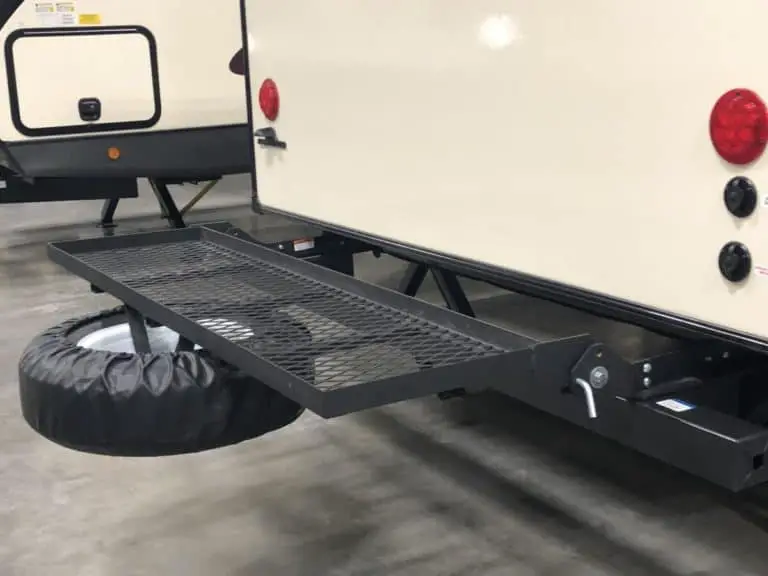How to Inspect Travel Trailer Wheel Bearings: A Step-by-Step Guide
Travel trailer wheel bearing maintenance is vital because it keeps the wheels rotating. You should do it once a year or when you cover 2,000 miles (3,219km) for small trailers and 10,000 miles (16,094km) for larger trailers. Regular checks will also alert you of potential problems.
To check travel trailer wheel bearings, visually inspect the wheel hub, and listen for noises as you drive. Jack up the trailer and move the tires to check if they’re too loose or tight. Listen to any sounds, tow the trailer at highway speeds and check if the wheel hub overheats.
In this article, I’ll give a step-by-step guide on how to check wheel bearings on the travel trailer. I’ll also explain measures to take when you discover worn-out wheel bearings.
1. Perform a Visual Inspection
Inspecting a travel trailer’s wheel bearings isn’t as extensive as a pre-purchase trailer inspection. However, it’s still important.
Check each wheel’s hub on your travel trailer, and inspect the grease seals on the inside of the hub. You should also check the cap on the outside of the wheel hub. If you notice a grease splutter around the cap, water, dust, or other impurities are likely getting into the wheel bearings.
Grease seals are designed to keep water and debris out and prevent corrosion, and the presence of grease around the wheel hub is a sign of leakage. It could also mean you’ve added too much grease.
- If the grease is fresh and clean, the wheel hub is in good condition.
- Old, dirty, and discolored grease is a sign of contamination, and some of the metallic parts may also be rusting. You’ll need to take the wheel hub assembly apart, and clean, and lubricate the hub. You also need to check the impact of the contamination on the wheel bearings.
- Black grease is a sign of excessive heat. You may be dealing with worn-out wheel bearings. In this case, you should inspect them and replace them as needed. The wheel cap may also be allowing water into the wheel cap. When the water heats up, the grease turns black. Besides changing the grease, you’ll also need to replace the wheel cap and grease seals.
You can use Bearing Buddy Bearing Protectors (available on Amazon.com) to keep water and impurities from getting into your trailer’s wheel hub assembly. They’re easy to use, and help keep the grease on the wheel bearings fresh.
2. Ask Someone To Listen for Noises as You Drive
One of the challenges of towing a trailer is you can hardly hear any noise from the wheel while in the car. Usually, you can tell something is wrong with your vehicle when you hear strange noises, so you fix the problem as soon as it arises.
Travel trailers need a closer inspection because noise doesn’t transmit to the tow vehicle effectively. A great way of checking if there’re any noise from the trailer’s wheels is to have someone listen for clanking sounds as you tow the trailer.
You should also check for when the wheels make noise. Is it when you’re driving or as you turn?
If you hear a growling sound, the wheel bearings probably need to be greased, or they may be worn out and need to be replaced.
Besides listening, you can also ask your helper to observe how the tire move. Do they appear loose, or are the tires pulling? These are also signs that something is wrong with the wheel bearing.
This video illustrates how to check the travel trailer wheel bearings:
3. Drive at Highway Speeds To Check if the Wheel Hub Gets Hot
Another way to check the status of the trailer wheel bearings is to check for signs of heating at the wheel hubs. If you’re always on the highway, you should test the wheels using your regular speed.
For example, if you usually do 25mph (40km/h), you should test the wheels using this speed. Tow the trailer for 5 miles (8km), stop, and lightly place your hand on each trailer wheel hub. It’s normal for the wheel hub to generate heat as it moves, but if it’s overheating, there’s a problem.
The wheel hub assembly is the part that connects the trailer wheel to the trailer axle and helps the wheels rotate. If this part is too hot when you touch it, it indicates inadequate lubrication. The parts may be rubbing against each other and generating heat, and the nuts may also be too tight.
If the wheel hubs feel hot when you’ve only covered 5 miles (8km), imagine what happens to the wheel bearings after covering hundreds of miles. You could easily damage the spindle, which is expensive to repair. Overheating can also start a fire that will cause extensive damage.
4. Jack Up the Trailer and Secure It
You can also check the status of the trailer wheel bearings by jacking up the wheels. When doing the spin test, you should listen for noise in the hub. The wheel bearings are in poor shape if there is growling, whining, grinding, or other rough noises.
You should also perform the shake test. Shake the wheel for noise signs similar to the spin test. The wheel should shake slightly. However, they shouldn’t be too loose or too tight. If the wheel is too tight, check if the bolts are too tight or if the problem is corrosion.
Conclusion
Your trailer needs the same level of attention you give your vehicle. It may not have an engine, but its wheels can suffer the same fate as your vehicle’s wheels if poorly maintained. Check the wheel bearings regularly to ensure the trailer doesn’t seize up on you while on the highway or too far away to get help quickly.
Be the first to be notified about FREE tips, hints, coupon codes, and email-exclusive information. All for FREE!

